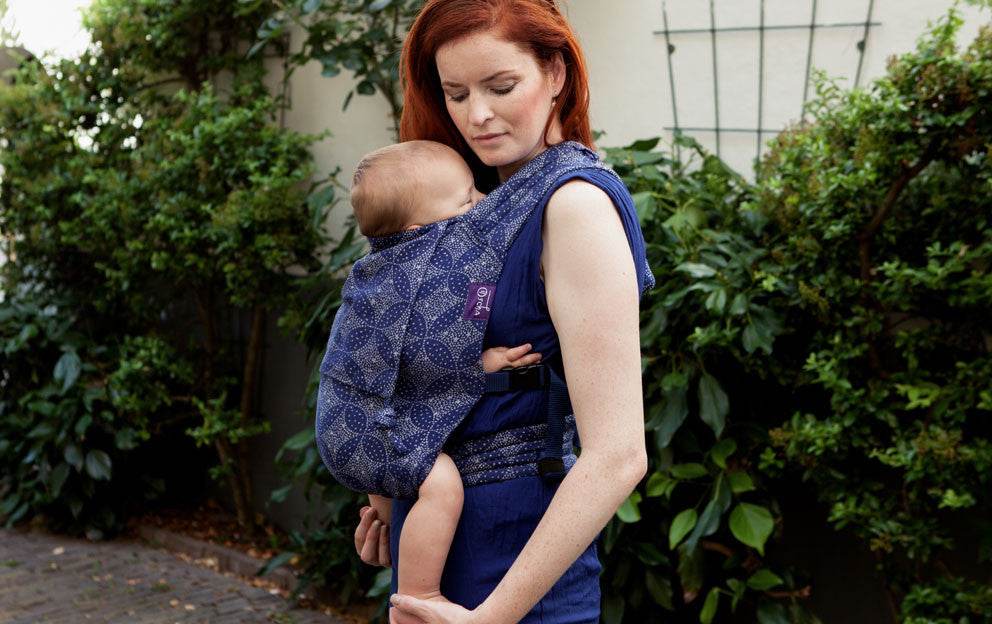
Top Tips for Ultimate Baby Carrier Comfort
Full buckle baby carriers are wonderful for holding your baby close and for ease of use but they can be uncomfortable unless you know some little tweaks for the perfect fit. Learn how to ensure the best fit and comfort for you and your baby.
Learn how to make your baby carrier comfortable
How to position the waistband on your baby carrier
A lovely guide for finding your ideal waistband height is to cuddle your baby in with their head nestling just under your chin, note where their bottom rests - this is your perfect waistband height. If you have a newborn this may be a little higher than you were anticipating, yet not only is it so much more comfortable it also allows for safer monitoring of your baby too. A lovely bonus of getting the waistband in this position is that it often allows for more of the padded straps to reach around your shoulders and down your back - so your back feels this benefit too.
How to get the shoulder straps on my baby carrier comfortable
The key to getting shoulder straps comfortable is to make sure that nothing is pressing into your neck and they are positioned well.
For baby carriers with crossed straps. Make sure you move the cross down your back. This ensures they won't press in at your neck and that the weight is better distributed. To do this pull them down before crossing them.
For carrier that are joined by a clip, try to place this around bra-strap height, or armpit height. If you have it very near the top of the straps then it may dig in to your neck and the weight will not be well distributed.
Tighten the chest clip so that the straps follow the natural curve of your shoulder blades. If you have it too wide, it can pull on your shoulders.
One concern is that the chest clip cannot be reached in this position when putting on the carrier, however, you can avoid this by clipping the chest clip before you put it on as shown in the video below.
How to tighten a baby carrier for comfort
There are many different ways to tighten a carrier, and some that work for one person may not be your favourite method. Here are a few different ways that will work with buckle carriers.
Ensure Knee-to-Knee Positioning
You may have come across the term knee to knee when learning to carry your baby. This is a way of ensuring you have the correct width of carrier for your baby's size, it refers to the panel width which should cover from one knee pit into the other knee pit and no further. Your baby should be able to swing their legs freely. The video below shows you how to get the right fit on any of our carriers.
This means that the width of the carrier may need adjusting to fit your baby. With the Cairis carrier you can use the cinch to narrow the body panel, all baby-sized Cairis carriers come with one.
Pelvic Tuck
This is another term you may have come across, and refers to a technique we use to ensure that are baby is in the lovely deep-seated squat (also known as the 'M' position), that's optimum for the development of their hips. In practice this looks like the baby being seated with their bottom lower than their knees, ensuring all their weight is resting on their bottom so that there's no pressure on their legs. Sometimes it may be necessary to encourage them into this position with a pelvic tuck, as Hannah shows us here:
We hope that's helpful for you, let us know if you have any more questions as we'd be delighted to share our favourite tips and techniques with you.
If you're looking for more Cairis help we have a whole blog on our wonderful half buckle carrier. We hope you love it as much as we do!

Best Baby Carrier For Newborns 2025
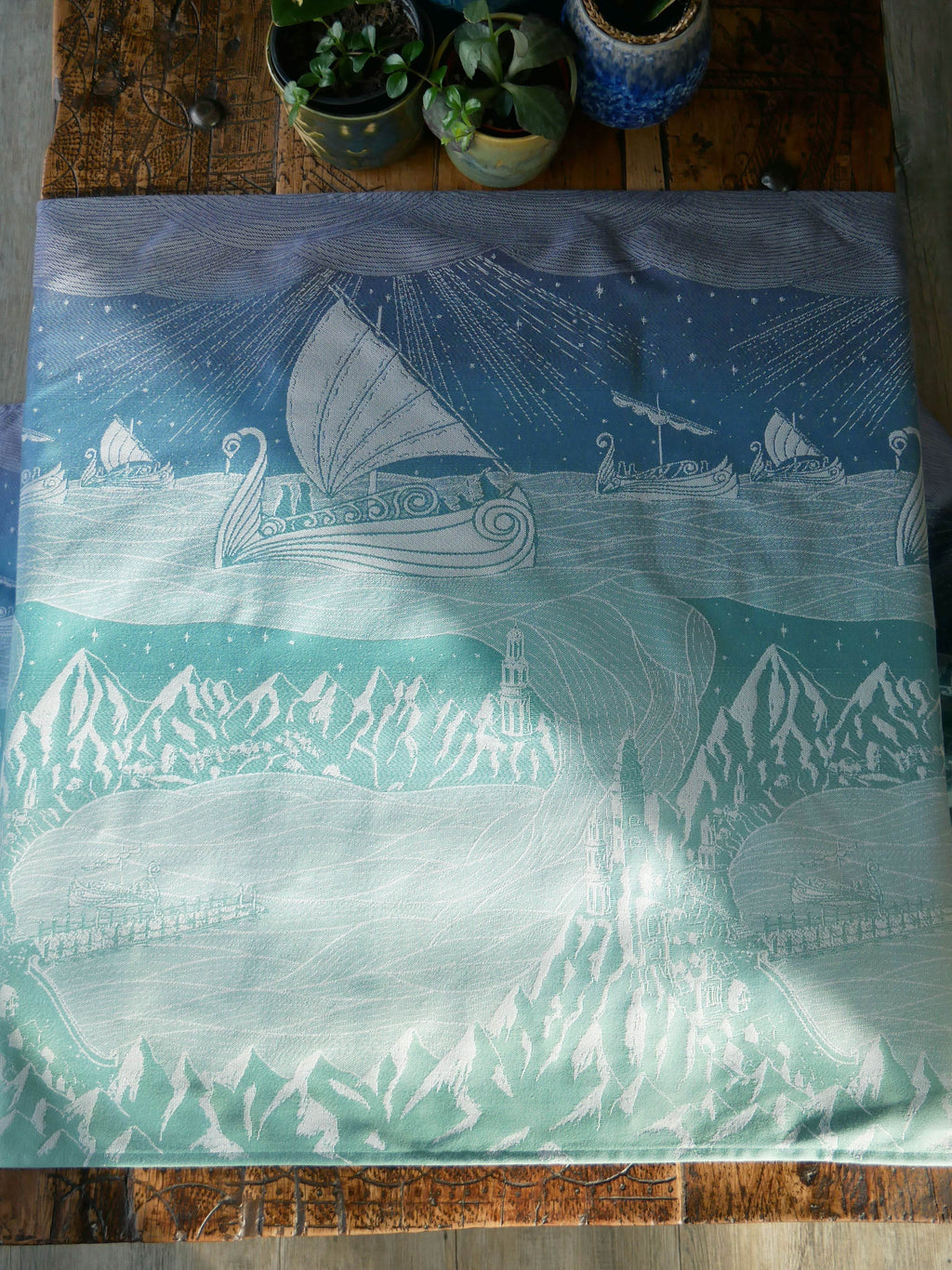
Grey Havens: Oscha Lord of the Rings Design Development
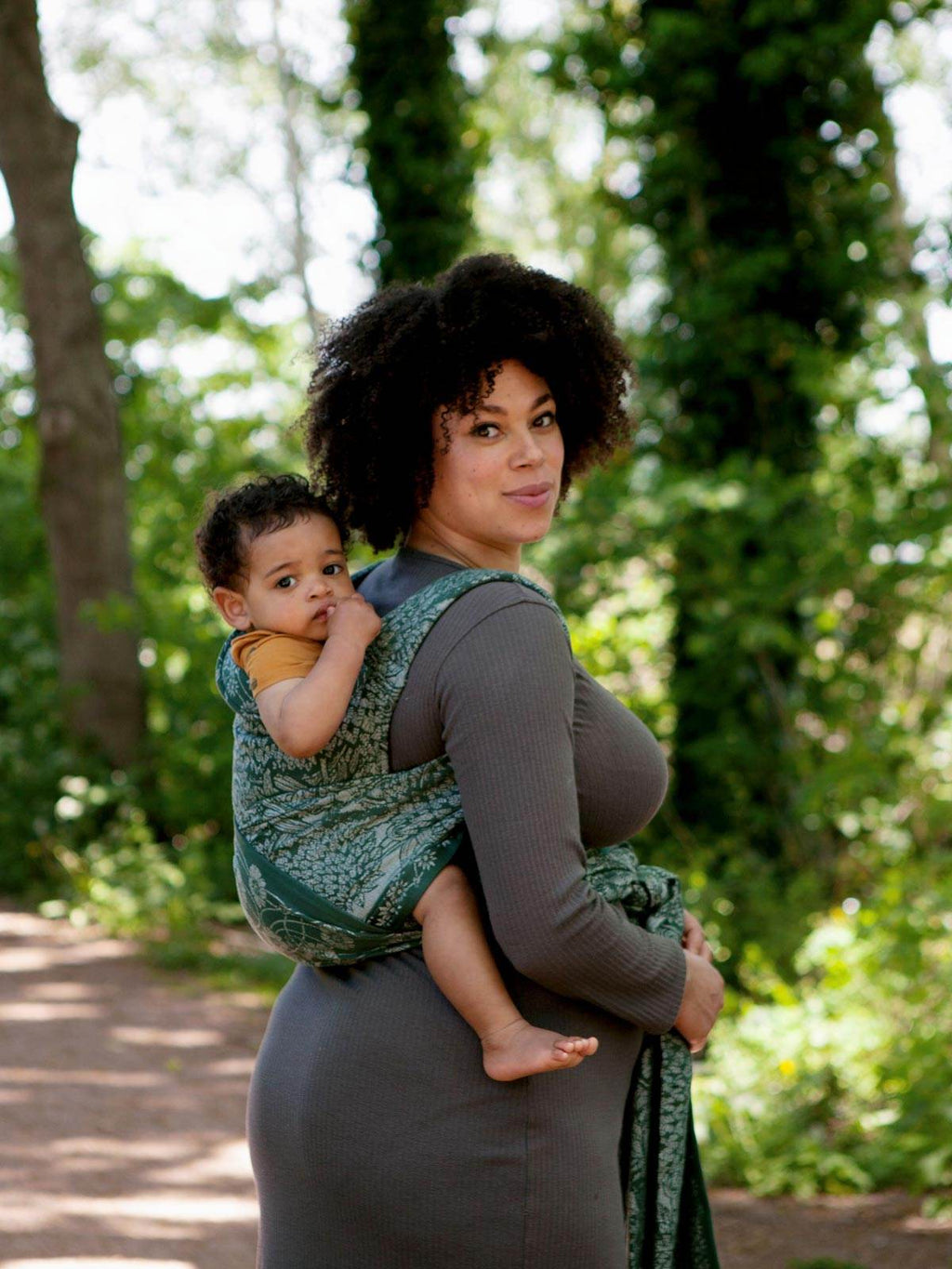
Can Baby Carriers Cause Back Pain?
Continue reading
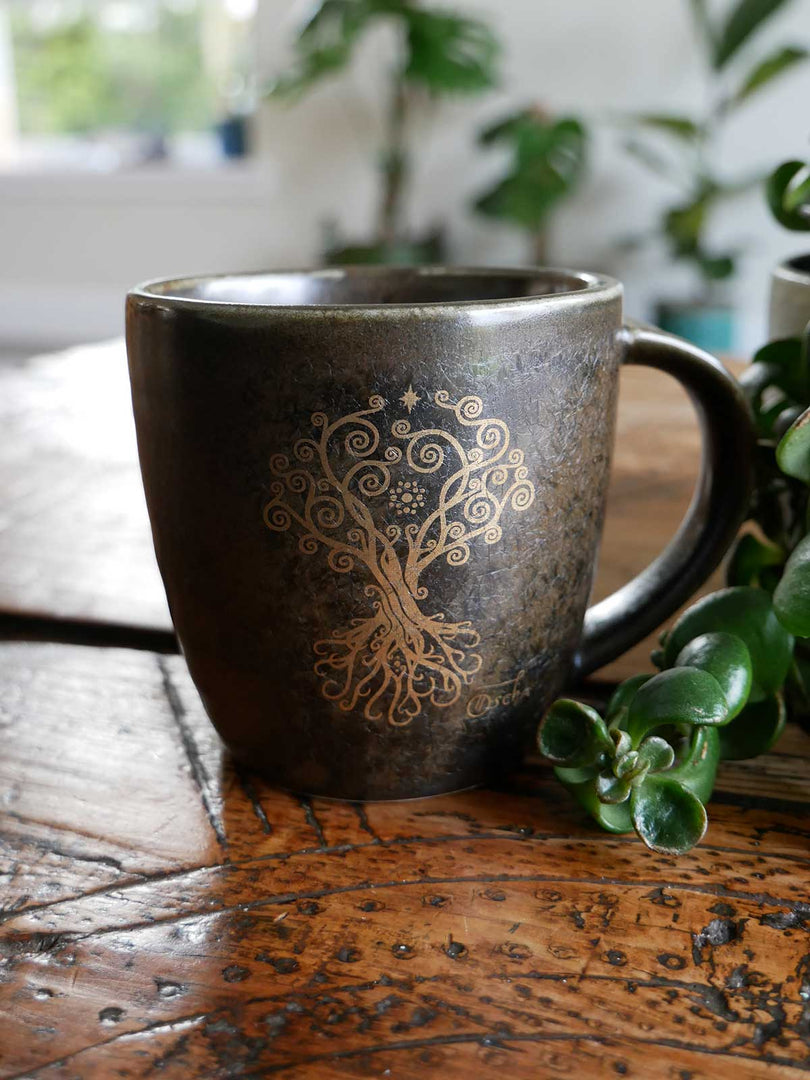

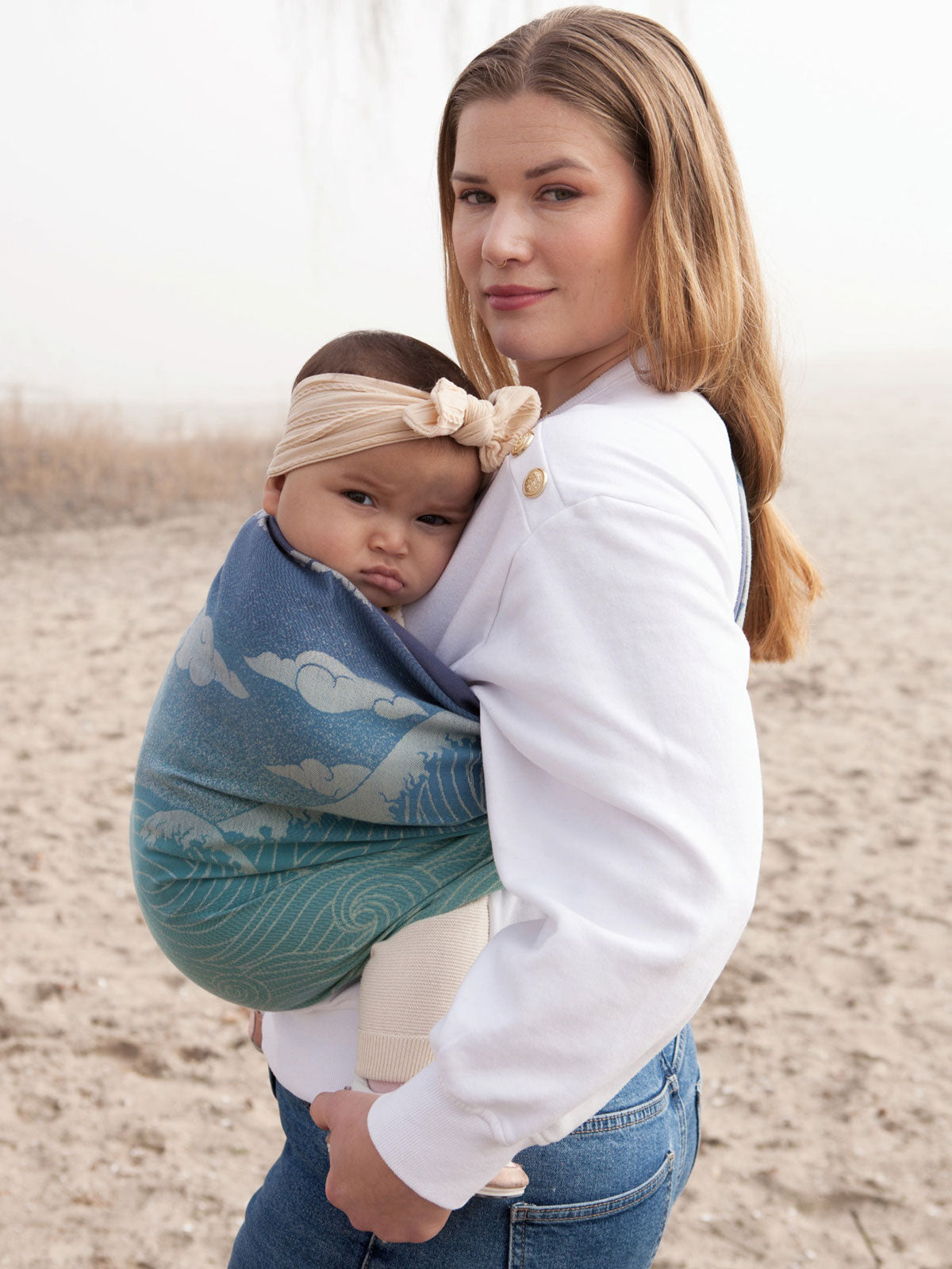
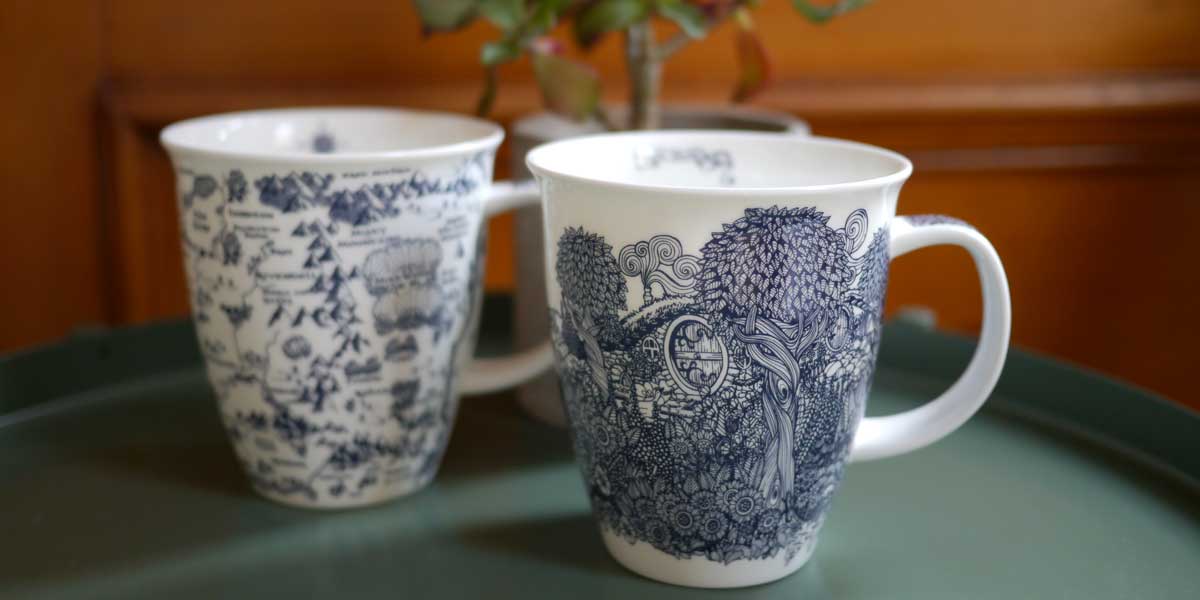
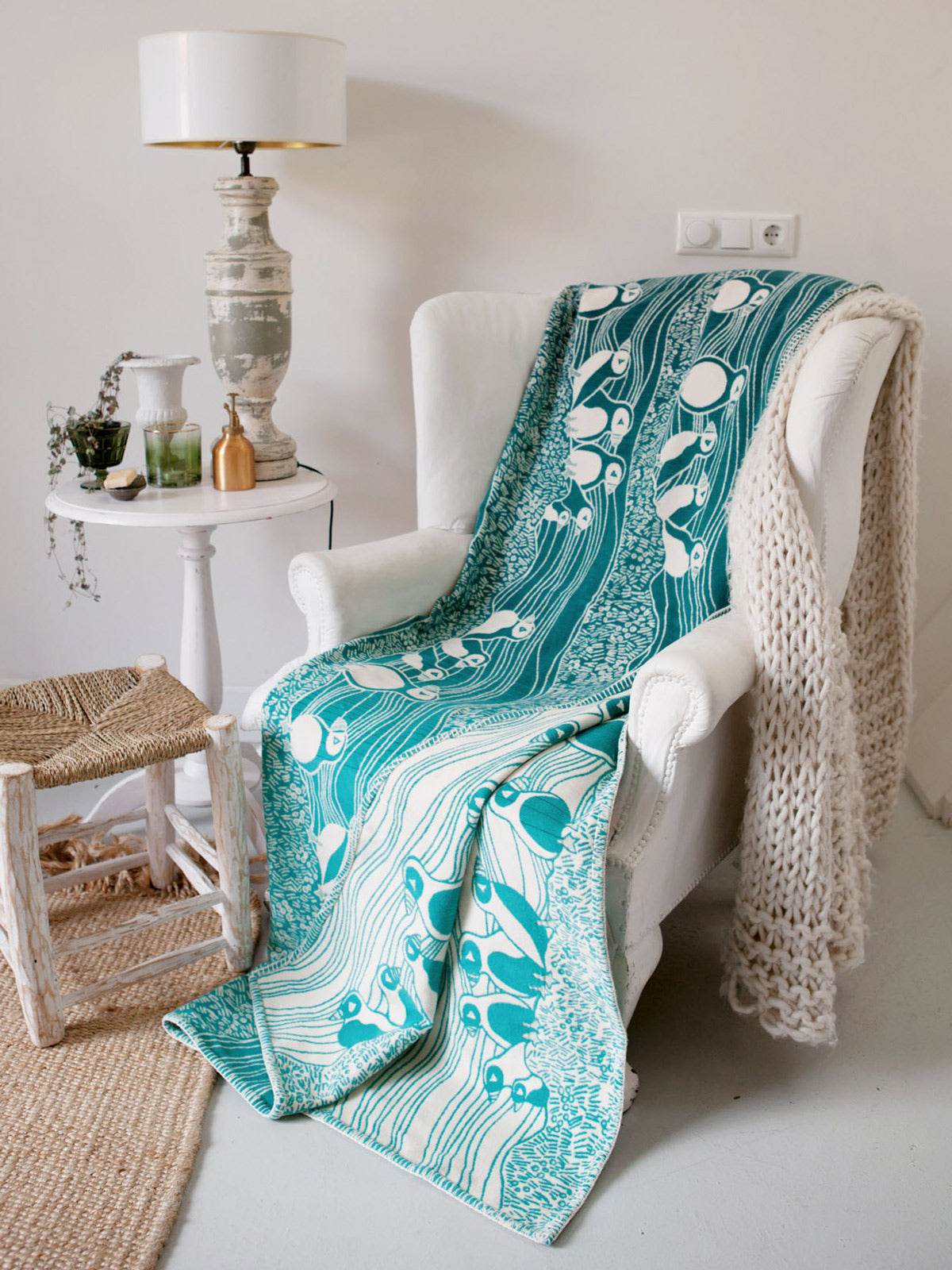
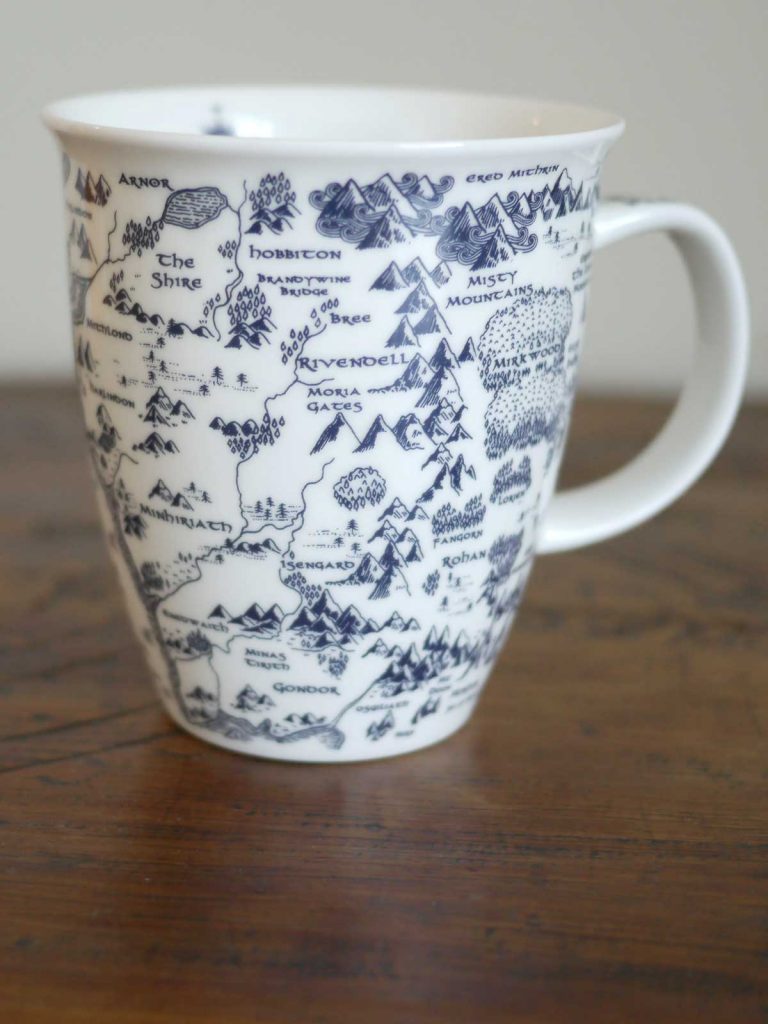
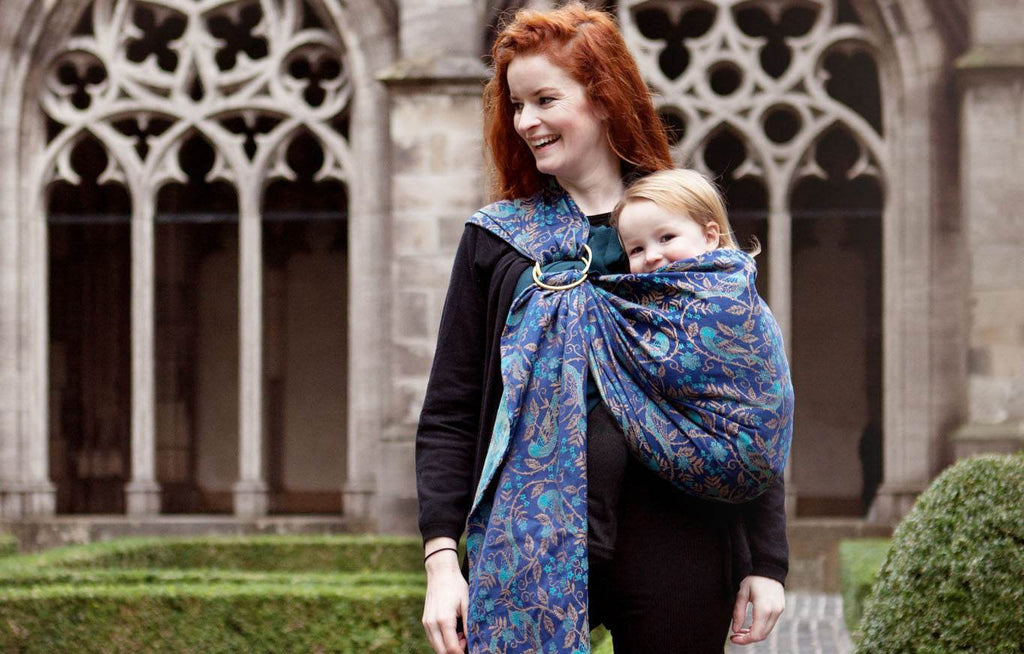

 https://oschaslings.com
https://oschaslings.com